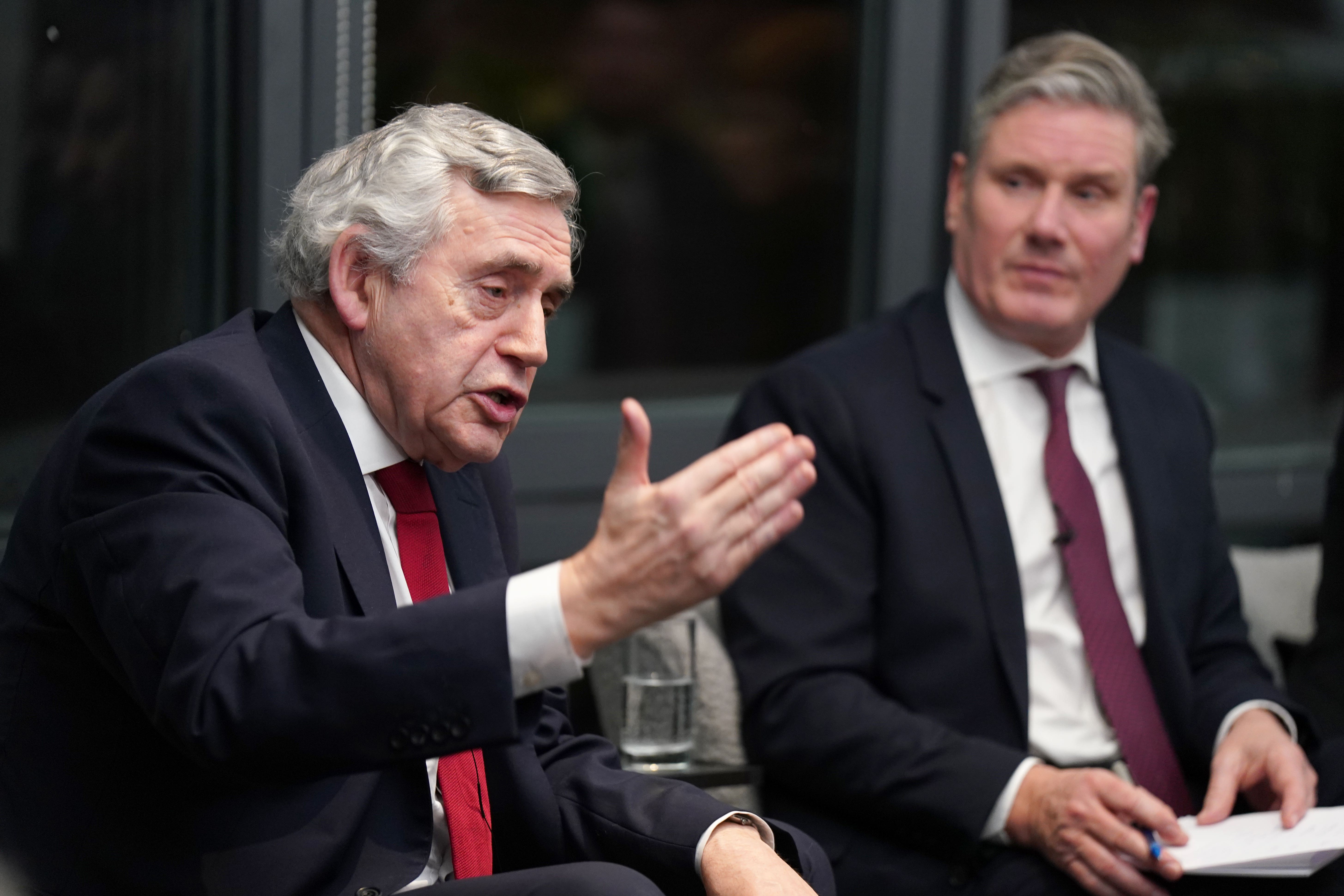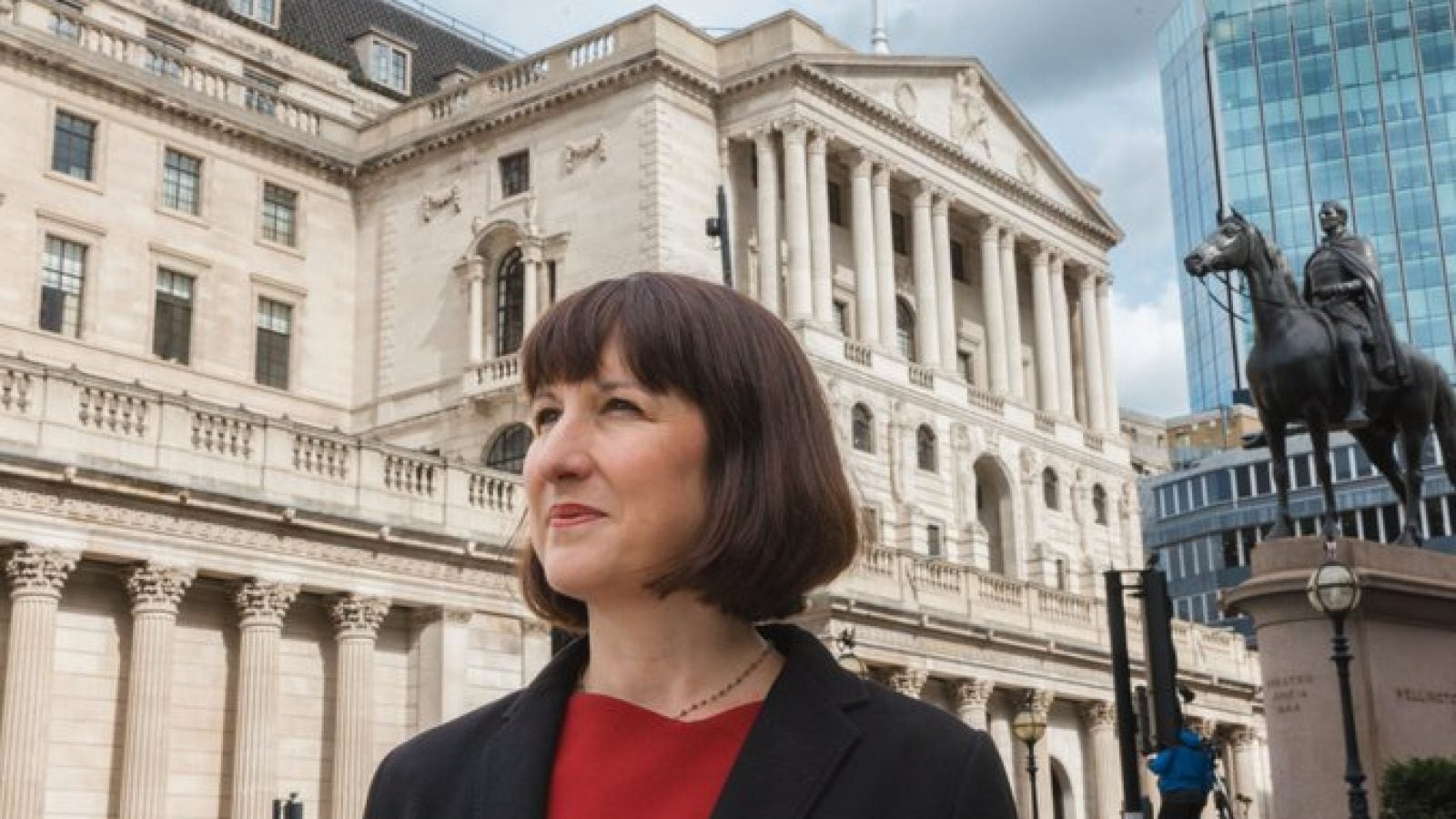What is the government going to do about child poverty?
Following two prominent interventions on the subject, from former Labour PM Gordon Brown and – perhaps more surprisingly – Tory MP Suella Braverman, Sean O’Grady looks at the ways in which governments have attempted to address child poverty, and at what they might do about it now


Calls for a change of thinking on child poverty and an end to the two-child cap on child benefits are trending, as they say on social media, thanks to two high-profile interventions. The more unexpected of these came from Suella Braverman at the weekend, when she wrote: “The truth is that Conservatives should do more to support families and children on lower incomes ... A crucial reform that Frank [the late former Labour minister Frank Field] advocated was to scrap the two-child benefits limit, [which restricts] child tax credits and universal credit to the first two children in a family.
“If they have a third or fourth child, a low-income family will lose about £3,200 per year ... Over 400,000 families are affected and all the evidence suggests that it is not having the effect of increasing employment or alleviating poverty. Instead, it’s aggravating child poverty.”
Such thoughtful and pragmatic sentiments don’t often emerge from such circles, although Iain Duncan Smith is a notable exception to that particular caricature. Carrying more weight and authority is former PM Gordon Brown, who is also urging the (likely) incoming Labour government to make the change.
Brown calls for help for “austerity’s children” – the more than 3 million young people born after 2010 to low-income families, who “have never known what it is like to be free of poverty”. This “blighted generation” accounts for 3.4 million of the UK’s 4.3 million children living below the relative poverty line. They will, according to Brown, face extra health, educational and employment challenges as a legacy of the “decade-long experiment” of fiscal austerity.
Many experts believe that the two-child limit, which was introduced by the then chancellor Philip Hammond in 2017, saved little money (less than expected) and had no effect on birth rates in low-income families or on people’s propensity to secure work.
What is child poverty?
As the children’s commissioner remarked a few years ago, income poverty means living in a household without enough money. There has always been heated debate about what counts as “enough”, and how to define the concepts of “absolute” and “relative” poverty, but by any accepted definition, millions of children in the UK live in poverty.
Under New Labour, for example, child poverty rates were monitored closely using the “relative poverty” measure. So a family was deemed “poor” if its income was lower than 60 per cent of the median (ie more or less typical) amount for a family of that size.
Now, there is more of an emphasis on absolute poverty. This used to be (and can still be) measured by reference to a “basket” of basic living costs. In the UK, currently, it is different – the “absolute poverty” threshold is defined as less than 60 per cent of the median income, but this is fixed at 2010-11 levels (though adjusted for price inflation). Because incomes over the longer term tend to outstrip wages, fixing poverty in this way helps to produce lower figures, and flatters a government’s record.
Thus, to offer an extreme illustration, had the threshold been set at 1900 levels of income and only adjusted for prices, not wages, poverty would by now be virtually extinct.
There is also what some people think of as poverty, which is Victorian-style destitution – and it is sadly still with us. The Joseph Rowntree Foundation (JRT) claimed only last year that destitution in the UK had increased by 148 per cent since 2017, to a point at which more than a million children had experienced it at some point in 2022-23. “Destitution” occurs when people are unable to afford “to meet their most basic physical needs to stay warm, dry, clean and fed”.
What is the government’s defence?
Rishi Sunak often claims that the number of children in poverty has fallen during the 14 years of Conservative rule – but this appears to be according to the measure of “absolute” poverty. In terms of policy, the prime minister also argues that children who grow up in a home where neither parent works are five times more likely to grow up in poverty: “We all know the best way to make sure children do not grow up in poverty is to make sure they’re growing up in a house where people work.”
There is some truth in what he says, of course, and even the most humble of occupations can lead to future opportunities and inculcate a culture of grafting for a living. Even so, that can still leave you poor. A study carried out in 2020 by the JRT found that, while paid employment does reduce the risk of poverty, about 56 per cent of people living in poverty are now in a household where at least one person earns an income. This is because nowadays, being in work can often mean being in a very low-paid role; state benefits can ameliorate this.
What about Brown’s own record?
Arguably, not unblemished. As shadow chancellor and then chancellor of the Exchequer under John Smith and Tony Blair, Brown was a driving force in the campaign against child poverty – and, while in government in 1999, he set the target of eliminating it within 20 years. His weapons were a range of family tax credits – and New Labour’s Sure Start programme.
Eventually, this established a network of 3,500 children’s centres with a focus on poorer children. They provided integrated care and services for young children and their families, with a particular aim to close the achievement gap for children from disadvantaged backgrounds. Though much praised, Sure Start was abolished by the coalition government after 2010.
Despite some substantial success, it must also be noted that, as chancellor, Brown was also behind the abolition in 1997 of the special “lone parent” premium that was added to child benefit, worth £6 a week (£11 in today’s money). The decision was bitterly opposed by many in the Labour Party at the time, and damaged the political career of the then social security secretary (and Brown ally) Harriet Harman.

Nonetheless, after the first term of the Blair administration, under Brown’s policies, there was a near 25 per cent reduction in child poverty. However, by the time Brown had become prime minister and the global financial crisis had induced a recession, progress had stalled somewhat. By 2020, it was at best about halfway to the target set in 1999.
What’s wrong with a target for easing child poverty?
As in other policy areas (notably the aim to produce net zero carbon emissions by 2050), a target doesn’t guarantee success, even if it is enshrined in law. One of the very last things the last Labour government did in 2010 was to pass the Child Poverty Act. This set down the following detailed objectives for 2020:
- Relative poverty – less than 10 per cent of children should be living in families with an income below 60 per cent of the median before housing costs
- Absolute poverty – less than 5 per cent of children should be living in families with an income below 60 per cent of the median in 2010/11, adjusted for retail prices index inflation
- Combined low income and material deprivation – less than 5 per cent of children should be living in families with an income below 70 per cent of the median and unable to afford key goods and services
- Persistent poverty – less than 7 per cent of children should have been living in relative poverty for at least three out of the last four years
The 2010 act was never really implemented. After the Tories won an overall parliamentary, they repealed it. It was replaced in 2016 by the Welfare Reform and Work Act. The argument put forward by the then chancellor, George Osborne, was that the target had incentivised heavy government spending to shift people from just below the relative poverty line to just above it. So they ended targeting and shifted the focus onto social mobility and getting people into work.
What’s Labour’s policy?
Before last summer, Labour was in favour of scrapping the two-child rule, but the party reversed its policy because shadow chancellor Rachel Reeves deemed it unaffordable, provoking huge anger and debate within the party. Starmer made the U-turn during an interview with Laura Kuenssberg, stating that he was “not changing that policy”.
His shadow work and pensions secretary, Jonathan Ashworth, had condemned the cap as “heinous” only days before. The topic continues to cause disquiet, especially as abolishing the cap would cost a comparatively small sum – £1.3bn a year against a total welfare budget of £315bn.
There seems to have been no change of mood on the Labour right. Wes Streeting, the shadow health secretary, told The Independent last week: “I also know that the answer to child poverty, ultimately, is not simply about handouts: it is about a social security safety net that also acts as a springboard that helps people into work – and with good work, that makes the cost of living affordable for everyone.”
Why don’t they do as Brown and Braverman suggest?
It would be a U-turn on a U-turn, which is a bit embarrassing, and it would look as though they don’t know what they’re doing. Politically, Labour is also wary of doing anything that could be portrayed by the Tories and their media allies as being reckless with public money, or as encouraging a “lifestyle choice” to subsist on benefits on the back of taxes paid by hardworking families. There is also an old prejudice against poorer families having children “they can’t afford”.
It may be that, in due course, having stabilised the public finances, boosted growth and established a reputation for fiscal probity, Reeves will indeed end the two-child limit, especially given its effect on the poorest families set against the relatively modest cost. But expect no promises in the manifesto. If it is anything, eliminating child poverty will be the unspoken “mission” of the Starmer administration.






Join our commenting forum
Join thought-provoking conversations, follow other Independent readers and see their replies
Comments